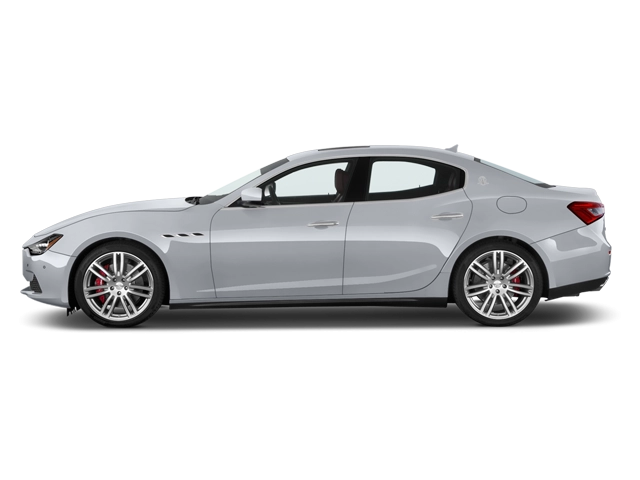2020 Maserati Ghibli Owner's Manual

Table of Contents
2020 Maserati Ghibli Overview
Introduction
The 2020 Maserati Ghibli exemplifies the harmonious blend of Italian craftsmanship and cutting-edge technology in the luxury sedan segment. This exquisite car not only captures the eye with its stunning aesthetics but also delivers an exhilarating driving experience, making it a preferred choice for automotive enthusiasts. With its distinctive elegance, the Ghibli stands out as a symbol of performance and sophistication in mainstream luxury vehicles.
Powertrains
The 2020 Ghibli offers a dual engine lineup that caters to various driving preferences. The standard powertrain features a 3.0-liter twin-turbo V6 engine producing a robust 345 horsepower, providing thrilling acceleration and impressive handling. For those seeking even greater power, the Ghibli S variant boasts a potent version of the same engine with 424 horsepower, enabling a 0-60 mph sprint in just 4.7 seconds. Both engines are paired with an agile 8-speed automatic transmission that ensures smooth gear shifts and a dynamic driving experience.
Trims
The Maserati Ghibli comes in multiple trims, each tailored to enhance specific characteristics of luxury and performance. The base model serves as an outstanding introduction, while the Ghibli S enhances driving experience with a sportier setup. The luxury and limited-edition trims, including the Ghibli Nerissimo and Ghibli Trofeo, elevate refinement, featuring exclusive styling cues and top-tier technology. Each model is equipped with high-quality materials and meticulously designed interiors, ensuring a sumptuous ride.
Features
This luxurious sedan is outfitted with cutting-edge technology to enhance comfort and connectivity. A 8.4-inch touchscreen display serves as the vehicle’s control hub, integrating Apple CarPlay and Android Auto for seamless smartphone connectivity. Premium sound systems, such as the available Harman Kardon setup, amplify the driving experience with crystal-clear audio. Furthermore, driver assistance features like adaptive cruise control, blind-spot monitoring, and automatic emergency braking ensure safety without compromising excitement.
Owner's Manual
The 2020 Maserati Ghibli owner’s manual provides comprehensive guidelines for operating and maintaining this sophisticated vehicle. With detailed explanations of all features, maintenance schedules, and troubleshooting tips, it serves as an invaluable resource for maximizing the Ghibli's performance and ensuring longevity. Whether you're navigating the luxurious interior or understanding the advanced multimedia systems, the manual is a key companion for any proud Ghibli owner.
User manual download
The Maserati Ghibli owner manual for the 2020 model year is to be found in PDF downloadable format on this page. The owner manual for the model year 2020 is free and in English, but the repair manuals are usually not easy to get and may cost more.
Manual Questions
Fill the form below and someone will help you!

